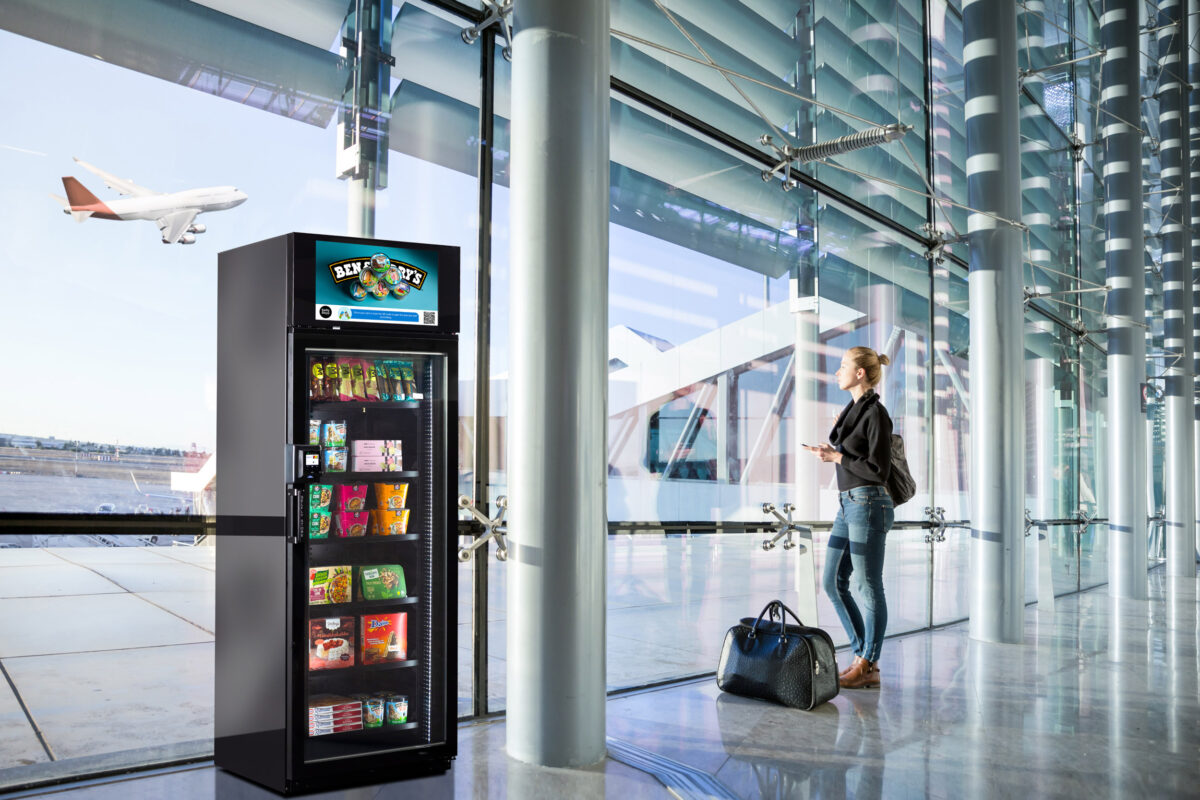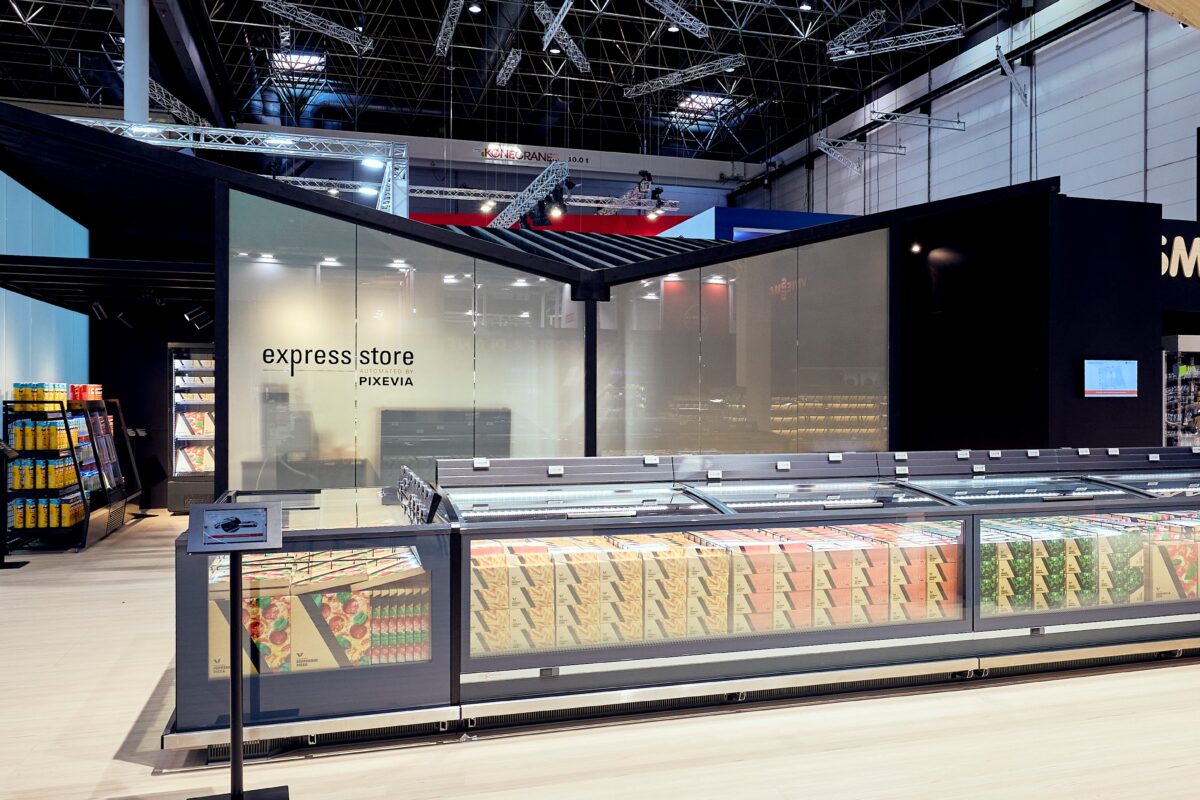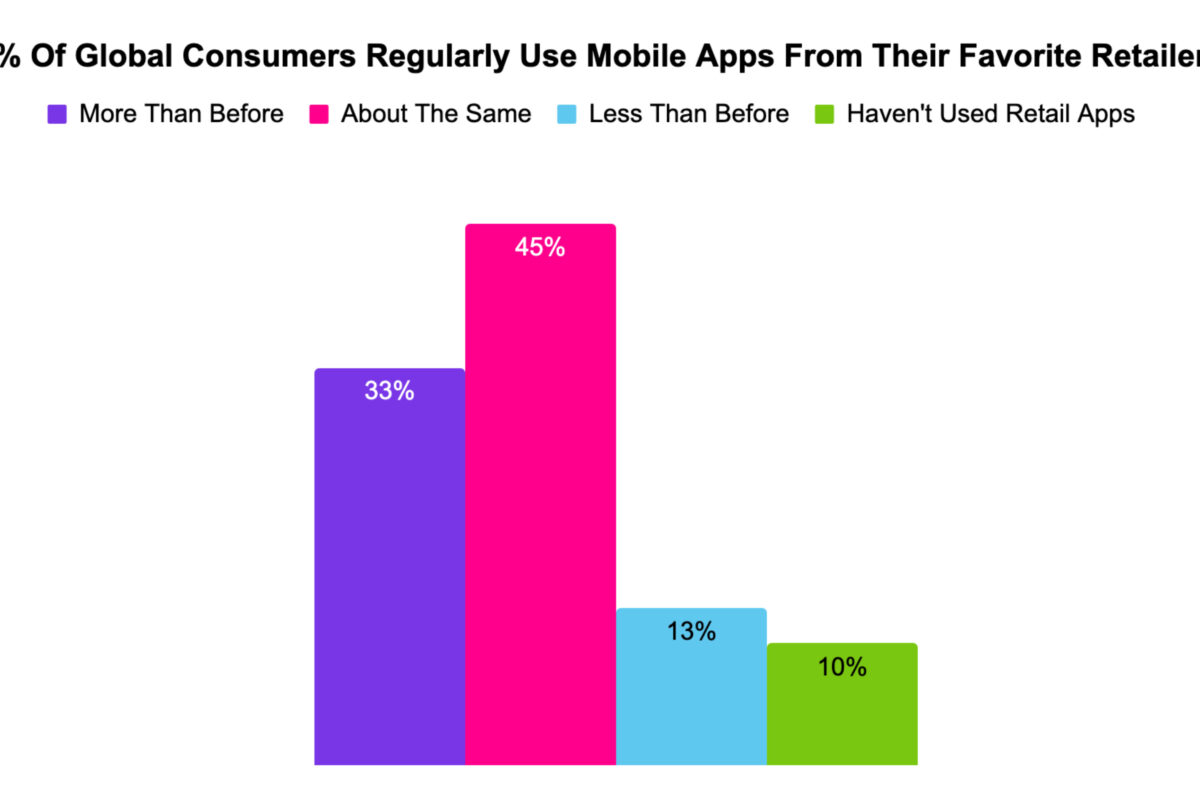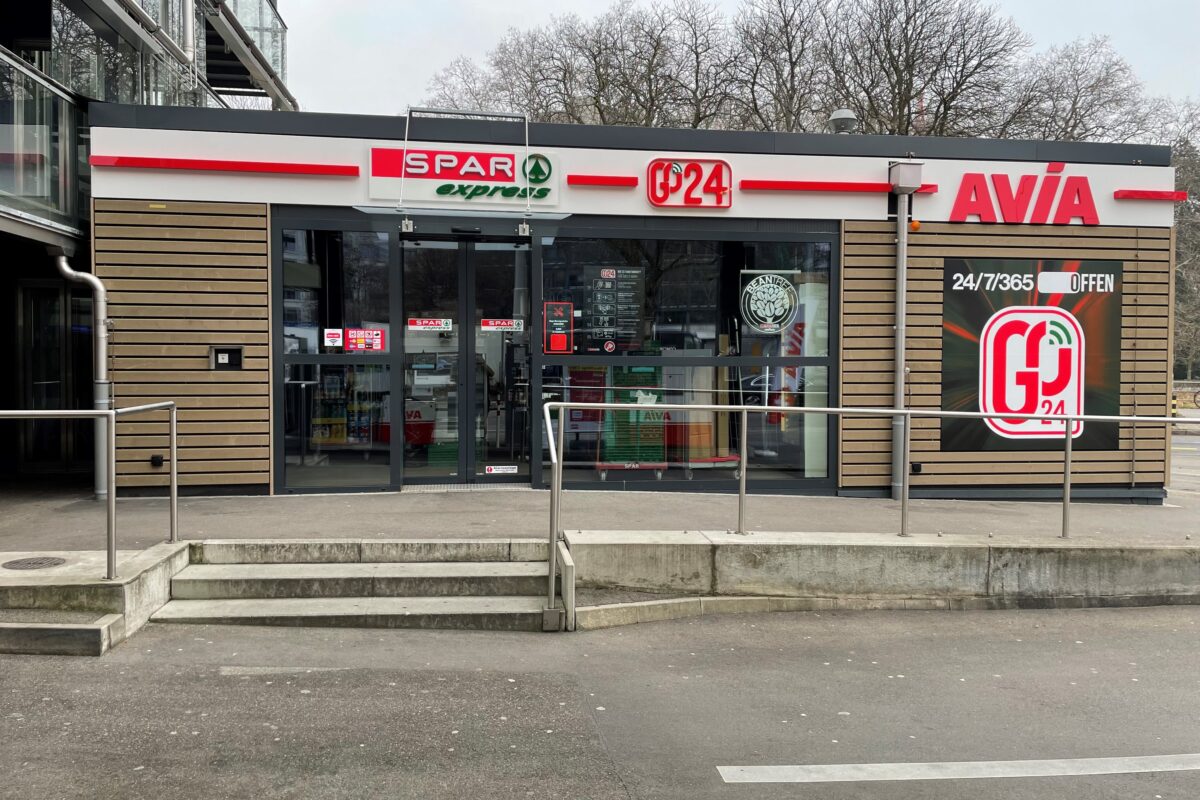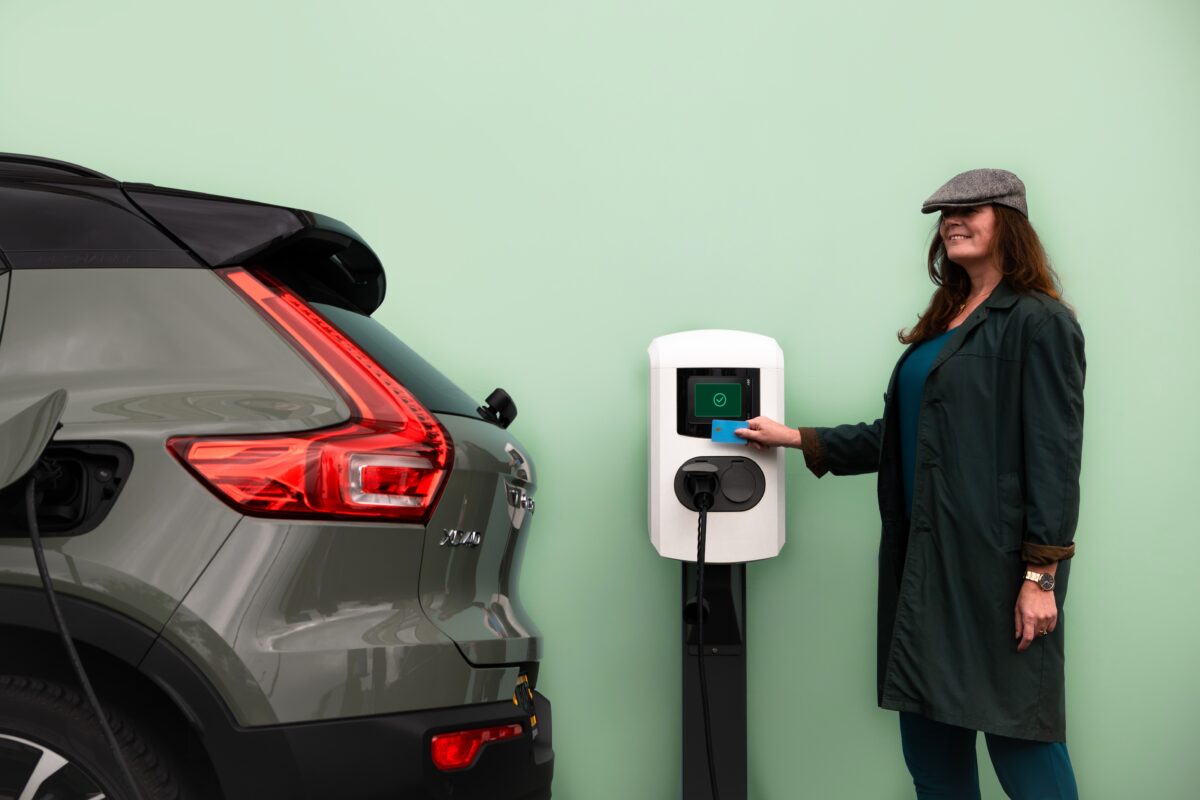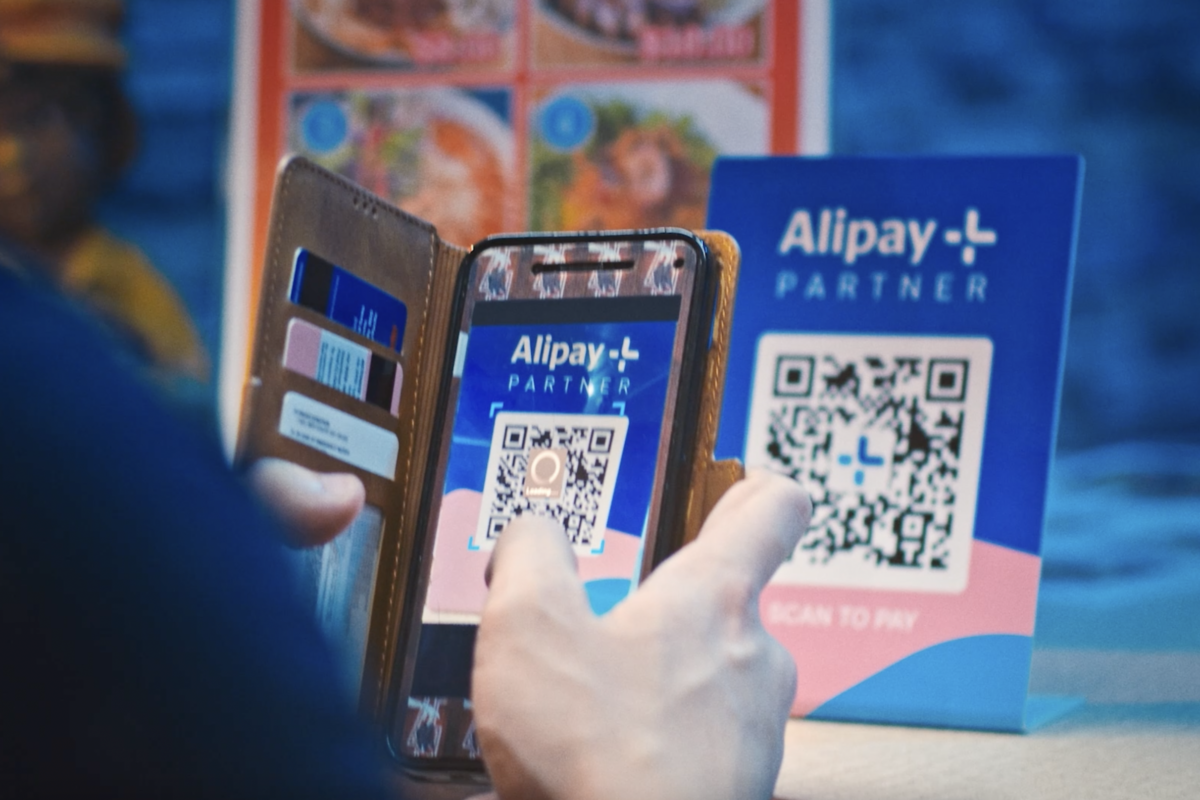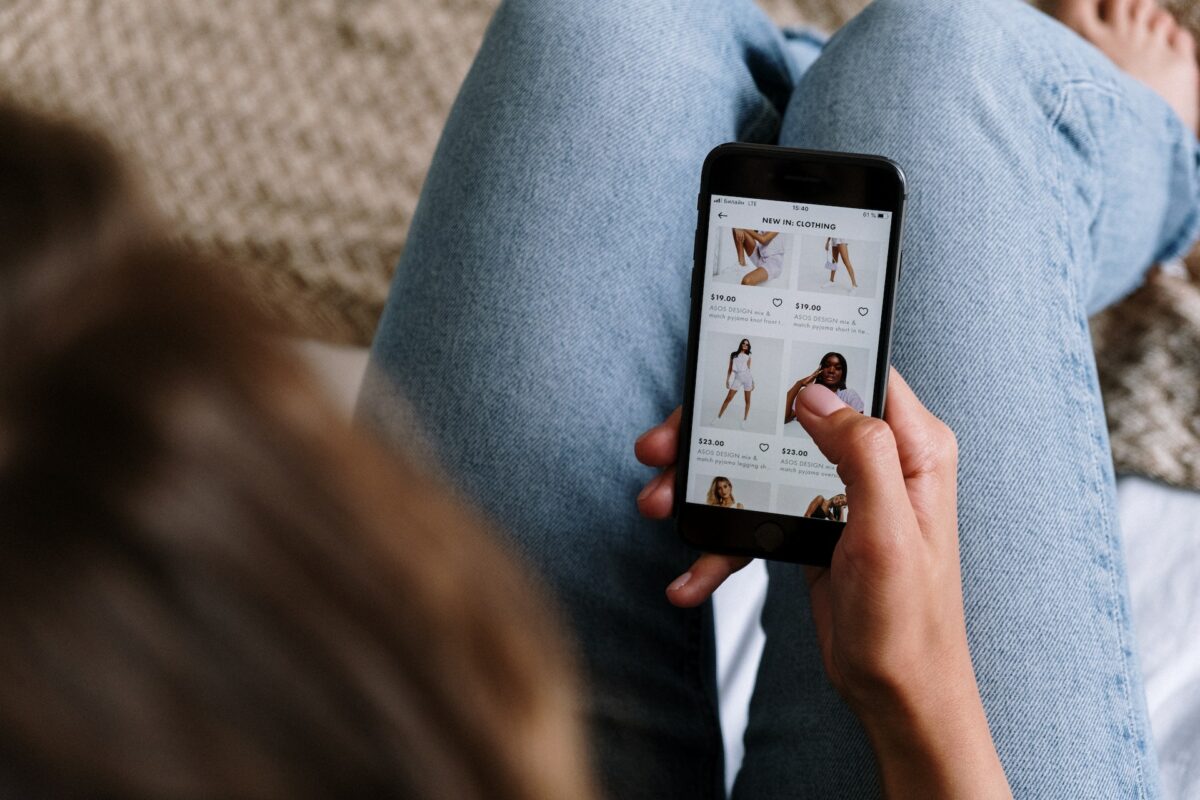Treading a fine line between traditional and visionary, between checkouts and codes
For years, we have done this in online stores: we fill our shopping cart, click to pay and are excited about our purchase. Thanks to the snabble app – now available at the Knauber Hobbymarkt in Bonn and at IKEA in Frankfurt – consumers can also do this in brick and mortar stores. How does the app work? Patrick Queisler from snabble GmbH sat down with us and talked about challenges, hesitations, and visions.
Mr. Queisler, what do retailers who want to offer your app need to know and do?
For starters, retailers need to provide the product data, which includes name, price, and GTIN. Many already have this data available to support their online stores or Google Shopping feed. If that’s not the case, we can help with the compilation and subsequently import the data into our system. They must also provide us with the respective store locations where they plan to use the app.
How does the payment process work?
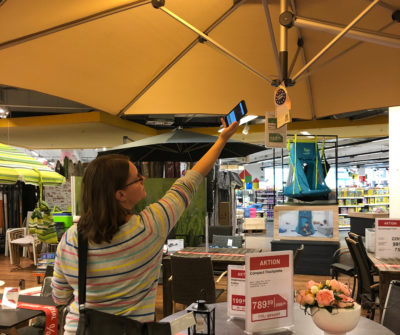
© iXtenso/Laska
Customers can pay for the self-scanned items online – as is the case with Knauber – or complete the payment process at the cash register – as is the case with IKEA. The technical integration of our app depends on the point of sale system and software. The app converts the scanned products into a QR code to pay at the cash register. The code is scanned and customers pay at the self-checkout at IKEA for example.
Online payment is a slightly bigger challenge because it is not just about accepting payments. For accounting purposes, retailers must also know the price the product sold for in the system.
At Knauber Hobbymarkt, customers can pay online but instead of going to the cash register, they still have to stop by a payment terminal to scan the QR code.
Actually, customers don’t have to do this step because we technically don’t need the kiosk system for the online payment process. However, many people tend to be hesitant – myself included when I tried it myself – and get a strange feeling if they simply exit the store. That’s why there is a payment terminal.
Does this mean nobody controls the purchase?
Knauber does random inspections, while IKEA has designated security staff using a so-called checkout supervisory function to ensure that items have actually been scanned. This happens while customers pay, and they often don’t even notice it.
What is the role of the checkout staff in this setting?
The benefit for customers is that they no longer have to place the items on the conveyor belt. Meanwhile, cashiers have to be able to review the shopping cart without pulling the individual items across the scanner. That’s why it is advisable to use express checkouts that are staffed with an employee, allowing him/her to have a better overview.
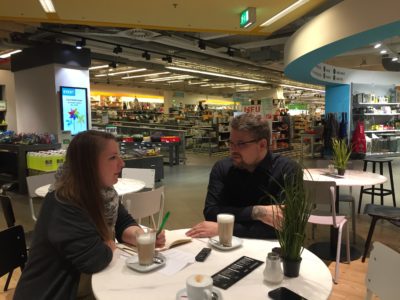
© iXtenso/Pott
What about stores that sell items piece by piece and the items are not predefined? How could this system work with fabrics sold by the yard or unpackaged produce?
It’s technically feasible. We have two options in this case. The first option is to print a barcode that specifies the quantity – three kilograms, five yards, etc. The second option is to use a code for items that have to be weighed or measured and the customer enters the respective quantity.
Our goal is to make everything scannable, which is a challenge, of course, and always hinges on the data suppliers give retailers.
What is your vision for the future of shopping?
If there’s one thing we know for sure, it’s that self-scanning will succeed. Having said that, this only works if customers can use one mobile app for all retailers – a kind of Spotify for shopping, so to speak. That’s what we want to provide.
Interview by Katja Laska
First published on iXtenso.com – Magazine for Retailers






